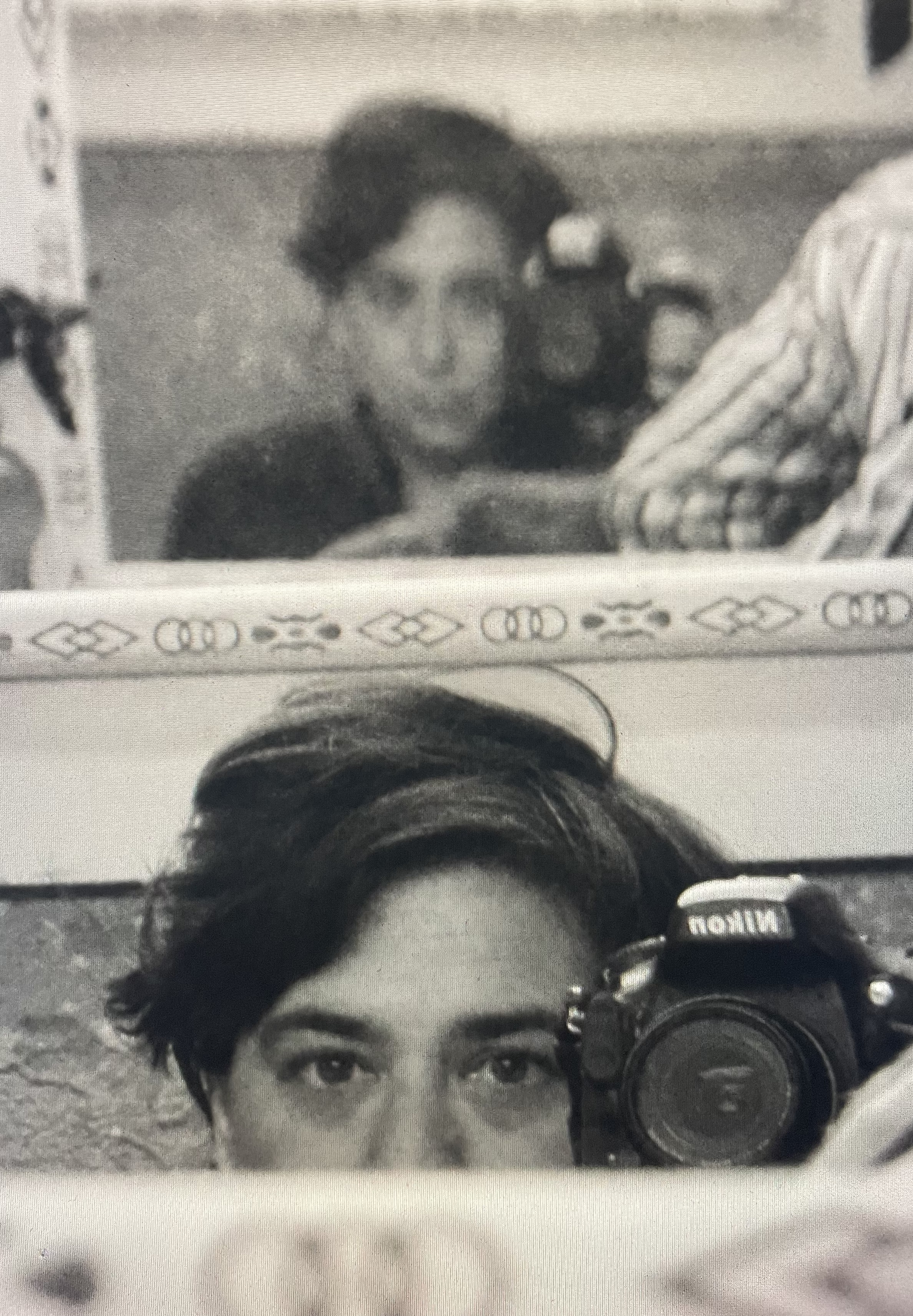Holding fort: Performance art meets theatre in Sarah Singh’s works
To those who have been given much, much is expected — the Biblical wisdom came to Sarah Singh at age 12. Today, it is the internationally renowned multi-disciplinary artist’s mantra of life and art.
Still processing the echoes of adulation of the Panorama Editions, an art salon — ‘Ten Nights by a Lost River’ — that she put together at Kangra Fort, she shares how the vision actually came to her some seven years ago. It was also the time when she began her first fort project at Qila Mubarak, Patiala, in 2018. Soon after the resounding success of her first art initiative at Patiala, an extravagant one in which she had four international museums on board, she decided to visit the Kangra Fort. What she created recently, her sixth such endeavour, was what she saw in her head back then.
Forts speak to her, she says, as do historical remains. At Mohenjo-daro in Pakistan, she could “literally hear people laying bricks”. Moving around in Gwalior Fort, she could visualise Flamenco dancers on the stage and the result was a sit-down performance. While reimagining the Kangra Fort, she decided that people should experience the fort by moving around its historical ruins. There were 18 theatrical installations. In fact, when she saw two dilapidated columns, “almost statuesque in appeal, broken carved sculptures, all of it made an arresting composition; theatre in itself, emblematic of tragedy and triumph, glory and lost heritage all at once”.
Working at 18th century Qila Mubarak to 12th century Jaisalmer Fort to Mehrangarh Fort at Jodhpur, she dubs the architecture as a “moving image representing passage of time”. Her response to them is largely intuitive. She emphasises, “I am not a storyteller, what I want to convey is an experience, a mood or tone. My work is more like performance art meets theatre.”
By no stretch of imagination is her work simplistic, but in simple terms, the site-specific work amalgamates architecture, theatre, film and design. At Kangra Fort, the theme was power. Performance artists from Hungary, archival objects from Mexico, Argentina and Guatemala, a silent film from Ireland exploring fashion, besides a free public concert by a Spanish musician — all added up to her unique vocabulary. In the process, she curated a holistic work, more than a sum of parts.
On whether Indian audiences are ready for this kind of experiential viewing, she reminds, “There is a lot of magical realism in India and at some level, the public is quite accustomed to very wild combinations. Besides, if something is compelling at heart, it doesn’t matter whether one has been exposed to it or experienced it before or not. Like, even if I am listening to a piece of Carnatic music for the first time, I can still revel in its beauty.”
 Sarah Singh. A Self Portrait.
Sarah Singh. A Self Portrait.
Born to an American mother and a royal from Patiala, she is the cousin of former Punjab Chief Minister Capt Amarinder Singh. Her Indian roots, especially the profound ancient thought, however, beckoned much before she consciously became aware of it. In India, where at times she spends years at a stretch, she does not dwell upon the insider-outsider binary. She reasons,“The pace at which India has changed over the past few decades, anyone could feel like an outlier.”
On the rapidly changing art world, she is not very upbeat. Amidst the “million stories about the billion-dollar art market”, she can hardly sense much of consequence. She feels there has been no significant art movement in the past few decades. She is particularly fond of the Renaissance period where more than one artist dabbled in more than one medium.
Photographer, filmmaker, sculptor, painter, she understands fashion too — “I couldn’t be a fashion designer though,” Sarah says.
She takes great pride in working at Kangra Fort with students of NIFT. To bring in people who have never been in such scenarios is important to her. At the Kangra Fort, she had the support of international partners and local too like Peter D’Ascoli, Jaipur Rugs, besides Maharaja Sansar Chandra Museum and the Kangra royal family.
Royal blood racing in her veins does make things and people more accessible. “After all, in India, who you are and who you are with truly matters,” she avers. Yet she remembers Om Puri, her actor of ‘A Million Rivers’, for his sterling humility. Today, she is busy with a film on Alexander the Great, especially the conqueror’s time in India. Titled ‘Every Island has its Lion’, it features noted Greek actor Andreas Konstantinou, who reminds her of Puri’s “pure magic on screen and one who needed no direction”.
For someone who was told early in life that you can be and do anything, she can unleash her creative impulses anywhere, even in the middle of the road. Just as “our lives are not linear”, Sarah navigates her creative path at many levels and in many layers. “What are we without our culture,” she asserts and muses: “Art is the highest manifestation of our most eternal questions.”
Sarah Singh brings both beauty and power to her unique imagination of art and re-imagination of history. Art, for her, is not meant to be hung on walls but is a vital tool to introspect and immerse deep within.
Features